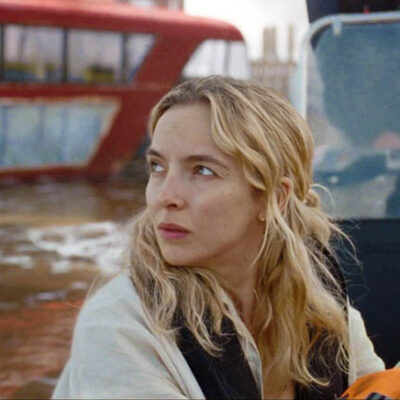To properly convey scale in the Marwen mini-village, depth of field had to be reduced proportionally. “We’d have a compositor set the depth of field before feeding that data back into the 3D render,” states Baillie. “When the animator renders the image with first-pass lighting along with the focus adjustment, Bob’s eye would be led to the right place. To achieve a look that was authentic to Mark Hogancamp’s original photography, Atomic rendered all of their de-focus in physically-accurate 3D with Renderman. In reality, when an object is out of focus, you start seeing around behind it, but that’s not something possible when doing depth of field as a post-process in comp. Before rendering our de-focus in 3D, we had to devise workflows to ensure that rack focuses rendered properly, rather than iterating with expensive renders.”
There were occasions when depth of field needed to be altered for dramatic or cinematic effect, which drove more innovation from the Atomic Fiction team. “We might be shooting two actors on the mocap stage, with one slightly offset from the other,” Baillie relates. “Bob would tell us that both of them needed to be in focus. We could address that by closing the aperture of the CG camera, which extended image sharpness over a greater distance, but since it was desirable to maintain a macro look while in Marwen, there were a couple of custom alternatives created in our tool set. One of these permitted animators and lighters to create a digital tilt-shift lens. Tilting the focal plane is an old-school analog technique, and here it afforded us the opportunity to keep both actors sharp while letting the rest of the scene display a natural appropriately-scaled falloff.”
When the focus of scenes required a more complex geometry, Baillie sought out aid from Pixar. “They helped us with a toolset addition, the results of which you can see in the trailer,” says Baillie, “when you see the girls in Marwen arrayed in a kind of U-shape around the village bar. No tilt-shift lens would be able to accommodate that configuration, but we wound up with a kind of curtain that goes through all of the girls. And wherever we positioned this curtain, the focus would remain sharp, even though we were shooting with a wide aperture. It’s like building a custom-crafted per-shot diopter. Our DP was just over the moon about that one!”





















